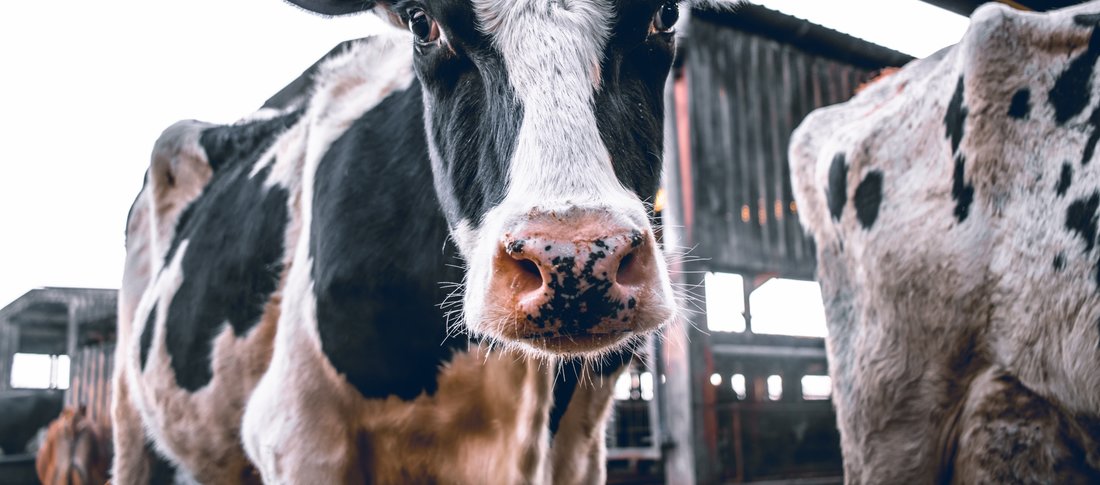Cashflow is often the hurdle that can break a business. It’s difficult to master, but it’s certainly not impossible to learn. Paying closer attention to your finances can help to achieve a fuller understanding of your business and become more profitable and efficient.
Running a successful farm is far from easy. To truly excel, farmers have to become jacks of all trades, and masters of some. Without a varied and constantly evolving knowledge of their business and the industry, farmers may fail – but it needn’t be that way for you.
There are always opportunities and pitfalls to look out for when planning your finances, here’s a few of them.
Do: know your cost per litre
A good starting point is to calculate your cost per litre of milk produced. This figure will help guide the rest of your finances.
First, work out your profit requirements for the year ahead. To do this, calculate the costs of all your financial requirements - like salaries and rent - then divide that by your predicted milk output in litres.
Now that you have a figure for your profit needs, move to production costs. You can look to last year’s figures for reference but be mindful of any changes in your business that could increase costs. Factors like increases in feed costs or political changes, such as the likely loss of the EU Single Farm Payments should be included. Remember to include a minimum of 2p/litre for depreciation.
Add your production costs to your profit requirements, then divide by your total milk sales – this is your cost per litre. Compare this figure to your sale price per litre. Is there enough profit? Should the milk contract be negotiated? If this isn’t a viable option, you’ll need to reduce costs.
Don’t: cut staff too quickly
If you’re thinking about reducing paid staff to cut costs, be very careful. In the UK we’re already spreading staff numbers thin when compared to the EU and US. Farms in the EU typically employ one worker to every 75-80 cows. In the US they employ one to every 65-70. In the UK however, we typically employ one worker to every 100 cows.
At these levels, many farmworkers only have time to carry out basic duties like milking, feeding and emergency herd health work. Staffing cuts might reduce costs short term, however long term your output may drop.
Do: spend time in the office
If you are able to, you should occasionally leave the more ‘hands-on’ work to someone else on the farm. You’re a business owner as well as a farmer. So that means setting time aside to spend in the office to review the business. Negotiating with suppliers, meeting with your nutritionist, exploring new ventures and technologies, speaking with your bank all represent opportunities to reduce costs. Neglecting admin tasks can lead to needless cost and overlooked opportunities.
Don’t: make cuts that harm fertility or milk production
When looking at where cuts can be made to keep one thing at the forefront of your mind. Do not do anything that will reduce your conception rate or milk production. It might sound obvious, but it’s not uncommon for farmers to do exactly this when searching for places to reduce costs.
Even if done with the best intentions, unwise decisions can result in falling output leading to further losses, in a dangerous cycle. Therefore, every decision you make must be with conception rates and milk production in mind.
Do: use better quality forage
Quality in, quality out. That’s why nutrition is the most important thing to manage. Nutrient shortfall costs money. If you can enhance the quality of your forage, you should. Some things to consider are:
- Alfalfa to corn silage ratios. This can influence the requirements for protein supplement amounts.
- How digestible is your forage?
- Your farm’s forage yield.
- Your cows’ preference.
Work with your nutritionist to identify what forage options are possible and try to reduce feed costs and boost dry matter intake and production. And don’t forget the correct supplements can transform productivity.
Stay productive, stay profitable
Constantly evolving your business is the only way to succeed in this industry. Do you have any suggestions for how to tweak the economics of dairy farming? Any ideas for what to avoid? Share your thoughts with our community on Twitter or Facebook.
